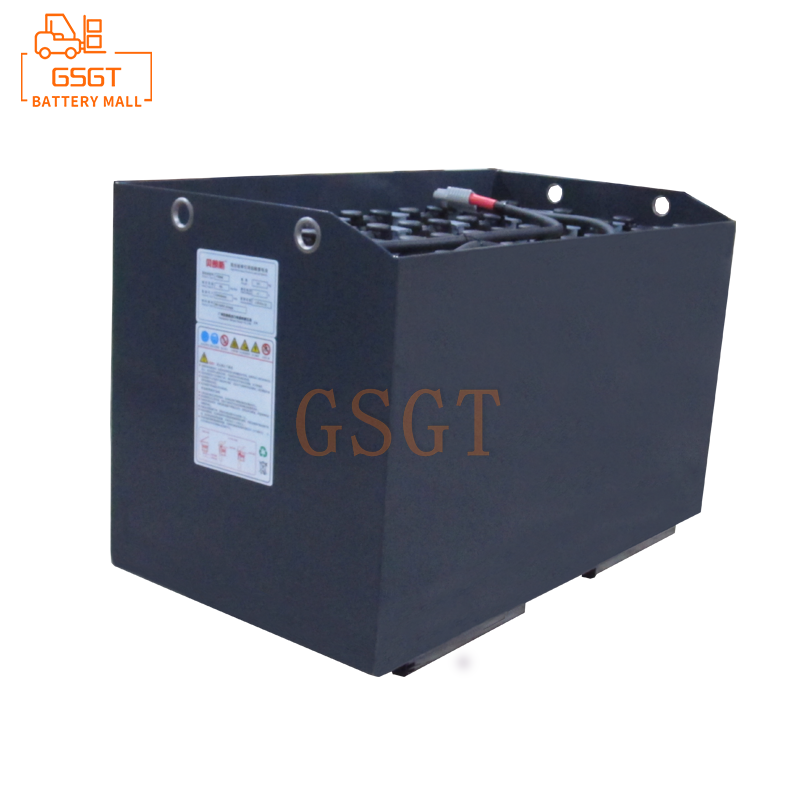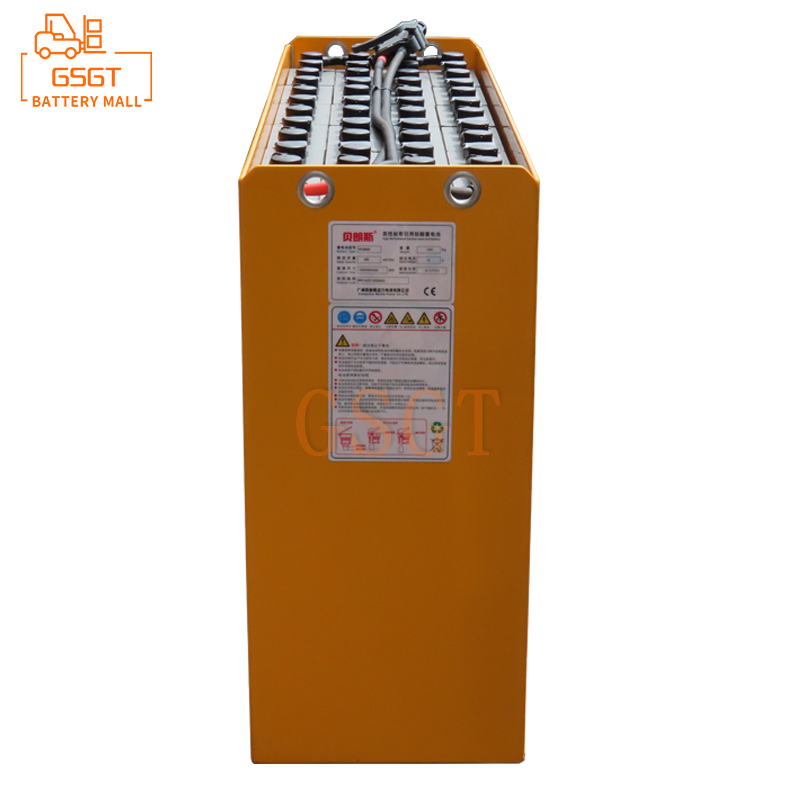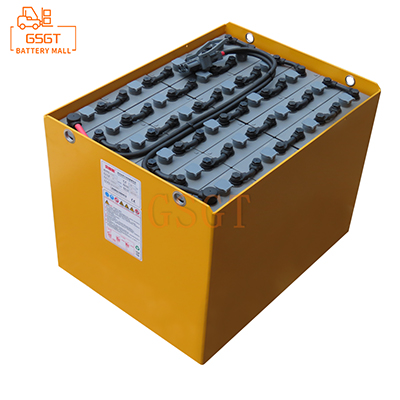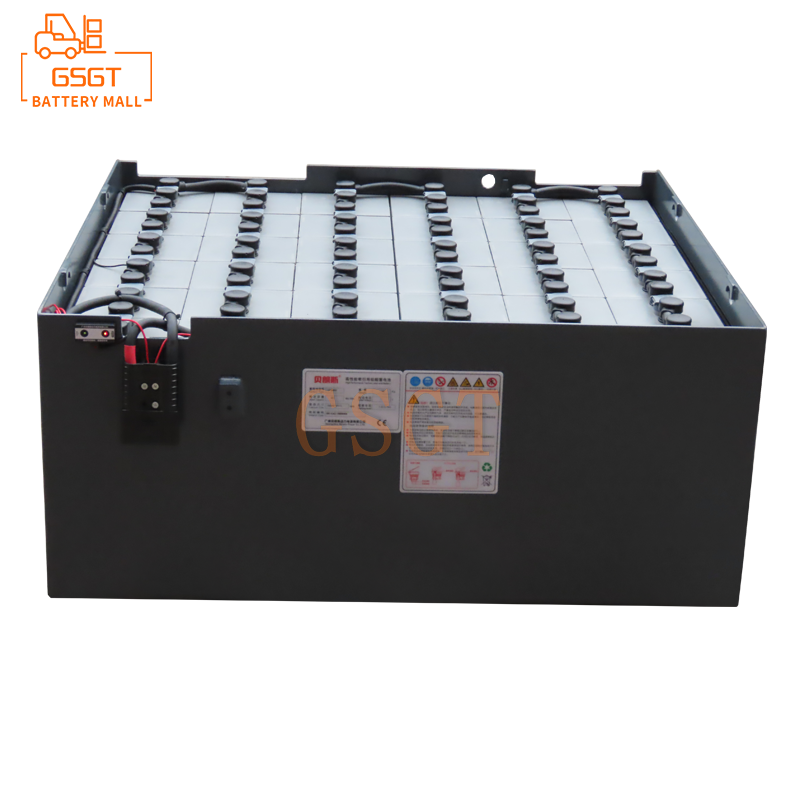Time:2025-03-17 09:45:02
Browse:220
In the field of energy storage, lead-acid batteries have long occupied an important position with their mature technology and relatively low cost advantages. However, with the intensification of market competition and the increase of demand for green energy, in-depth analysis of the cost structure of lead-acid batteries and the search for a new path to reduce cost and increase efficiency have become the key to the sustainable development of the industry.
## Raw material cost: the core composition of the cost of lead-acid batteries
Lead is the main raw material for lead-acid batteries, accounting for up to 60%-70% of the total cost. The price fluctuation of lead has a huge impact on the cost of batteries, which is influenced by global lead mineral resources reserves, mining policies, and supply and demand relations in the international market. For example, if the main lead-producing countries introduce more stringent environmental policies to limit the amount of lead mining, the international lead price often rises, directly pulling up the production cost of lead-acid batteries. In addition to lead, sulfuric acid, as a key component of the electrolyte, accounts for about 10%-15% of the cost. The production of sulfuric acid is affected by the supply of raw materials such as sulfur and smelting flue gas, and special protection is required during transportation, which increases the cost. Although the auxiliary materials such as partitions and shells are relatively small, with the improvement of battery safety and sealing requirements, the selection of high-quality materials will also bring a certain cost pressure.
## Manufacturing costs: Effects of process optimization and economies of scale
The cost of production includes equipment purchase, plant leasing, manpower input and energy consumption. The traditional lead-acid battery production equipment has a low degree of automation and relies heavily on manual operation, resulting in high labor costs. At the same time, the production process of casting plate, formation and other processes have a large energy consumption, and the energy cost accounts for a considerable proportion. However, when enterprises expand the scale of production, the fixed costs of equipment, plant and other units of product are reduced, and economies of scale can be generated. If an enterprise introduces advanced automated production equipment, it can not only improve production efficiency, reduce manual intervention, reduce the rate of defective products, but also effectively reduce production and manufacturing costs in long-term operations.
## Recycling Costs: New challenges and opportunities under environmental pressure
With the tightening of environmental supervision, the cost of recycling lead-acid batteries has become increasingly prominent. From the recycling and transportation of waste batteries to the dismantling and refining of reusable materials, each link requires professional equipment and technical investment. The construction of recovery network is not perfect, which increases the difficulty of recovery and transportation cost; If the technology is backward in the dismantling process, not only the recovery rate is low, but also may cause secondary pollution and face high environmental penalties. But from another point of view, efficient recycling can reduce the dependence on primary lead ore, if you can achieve large-scale, fine recycling, lead, plastic and other materials efficiently separated and put back into production, while reducing raw material costs, but also to obtain policy support and environmental benefits, challenges into opportunities.
## Cost reduction and efficiency path exploration
1. ** Raw material end ** : Enterprises can establish long-term and stable cooperative relations with lead ore suppliers, sign long-term procurement contracts, lock the purchase price within a certain period of time, and reduce the risk of price fluctuations. At the same time, increase research and development efforts, explore new lead alloy materials, and reduce the use of lead under the premise of ensuring battery performance; Develop sulfuric acid recycling technology to reduce the cost of electrolyte.
2. ** Manufacturing process ** : accelerate the automation upgrade, introduce intelligent production equipment and management system, achieve accurate control of production process, improve production efficiency and product quality, and reduce labor and energy consumption. Expand the scale of production, through large-scale procurement of raw materials, sharing equipment and technology, and further reduce unit product costs.
3. ** Recycling field ** : Combine industry forces to build a wide and efficient recycling network to improve the recycling rate of waste batteries. Increase investment in research and development of recycling technology, adopt advanced dismantling and refining processes, improve material recovery and purity, realize resource recycling, reduce recycling costs, and improve enterprise comprehensive benefits.

$3075

$3810

$3405

$4045

MESSAGE
Professional And Efficient
Security
Affordable Price
Professional Services